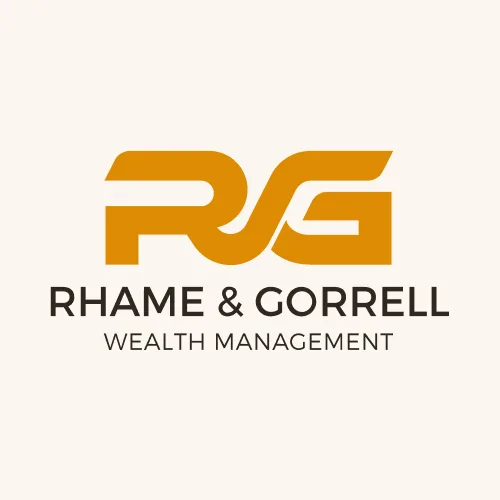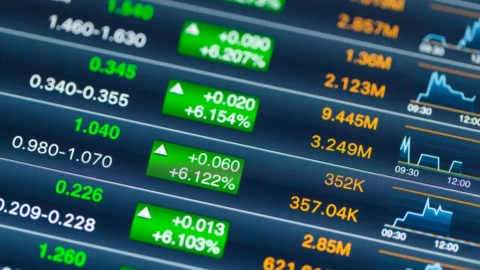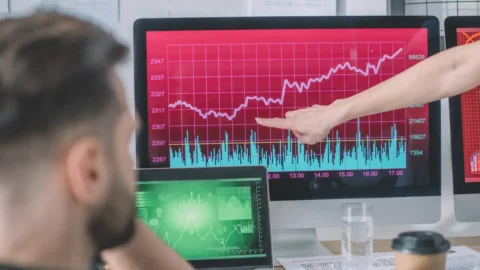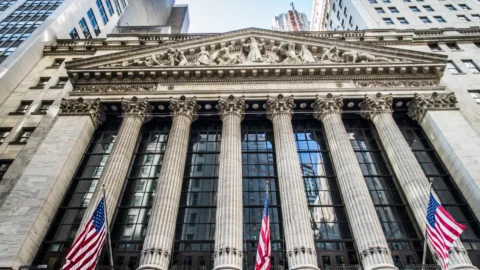Navigating Recent Market Volatility
As we pull into the last days of summer there has been an uptick in market volatility and a corresponding increase in investor anxiety. You need to look no further to see that the best indicator of volatility, the VIX Index, has increased almost 50% this month. Commonly called the “fear index”, it is often more a measure of investor concerns than actual reflection of reality. However, after a 350-point decline in the Dow Jones and 1.6% loss in the S&P over the last two days, a number of investors are questioning whether this may the beginning of the end of one of the longest bull markets in history. While we don’t have a crystal ball, (wouldn’t that be nice) it is instructive to look at this period of market instability in context.
- This is relatively normal market behavior. August is the worst month of the year in terms of performance. Since 1989, the average return for August has been -1.3%. So far this month, the S&P500 is down 1.5%. Good news, the best two months are ahead of us – November and December have averaged almost 5% over the same period.
- The recent market price action has more of the characteristics associated with a rebalancing of momentum rather than a behavioral “risk-off” sell everything mentality. For example, one of the key measures of market momentum is the number of stocks that trade above their 50-day moving average (50 DMA). That number has dropped from close to 80% in the beginning of July to slightly above 25% now. Yet for the most part, the market is largely unchanged from early July, suggesting that this has been a sectoral rotation rather than a broad-based market event.
- There has been concern voiced that the market indices have been unduly influenced by the large cap FANG stocks (Facebook, Amazon, Netflix, and Google) and that the “real market” is in much worse shape. Comparisons have been made to the 1998-2000 period to illustrate an environment where the broader averages did not really represent what was going on with the market as a whole. While there is no question that large cap technology names have been market leaders this year, their effect on the indexes has been much less than in earlier periods. For 2017 YTD, the average performance of the top 50 names in the S&P has been 13.3%, vs 10.3% for the S&P500 Index. During the 1998-1999 period, the top 50 companies return was 75% vs a market return of only 23%. Narrow market leadership was clearly a concern then, it is not a current concern for this market environment.
- Credit spreads are not moving meaningfully higher…yet. We look at credit as a leading indicator of potential future equity performance. The current spread environment has moved slightly higher off recent historical lows, but have not moved anywhere near a significant level. In 2015, energy spreads widened considerably and the rest of the credit market moved with them – eventually the equity market followed. So far, this year energy credit has widened but has not had a contagious effect on the rest of the high yield market. This is a key relationship that we are watching, but for now it is not giving us any danger signals.
- Finally, as we mentioned in our August Insights, corporate earnings have been strong and bottom line revenues have been picking up. This is the most important metric that drive markets over the long-term, and one of the key measures that we look at to determine whether a market decline is to be characterized as a buying opportunity or a potential change in our investment stance.
We see the recent spate of decline and market volatility as normal market behavior, especially for this time of year. We view this as a buying opportunity and would look to utilize cash if we continue to see declines – our stock program has withheld a significant percentage of cash waiting for such opportunities to emerge.
It is very easy to listen to headline grabbing analysts who pronounce every 1% decline as the beginning of the end. It is unfortunately the product of the 24/7 media environment that we live in today. The reality is that even a blind squirrel finds a nut once in a while and a broken clock is always right twice a day. If and when the next severe market downturn emerges, there will be plenty of people who point to their latest prediction and say, “I told you so”, conveniently ignoring the prior false signals.
We believe that we bring measurable value to our clients in the many services that we offer. One of the services that is often overlooked is our responsibility to interpret events with a consistent investment methodology and provide guidance through changing environments. While it’s not as easily defined as performance or risk measurements, it carries just as much importance. Whether it’s called ‘keeping a steady hand’ or ‘staying the course’ we feel it is our duty to provide this to our clients. Know as we go into the weekend and whatever lies ahead next week, next month or next year we will be there ‘behind the wheel’.
Need Some Help?
If you’d like some help from one of our CPAs or CERTIFIED FINANCIAL PLANNER (CFP®) advisors regarding this strategy and how it applies to you, the Rhame & Gorrell Wealth Management team is here to help.
Our experienced Wealth Managers facilitate our entire suite of services including financial planning, investment management, tax optimization, estate planning, and more to our valued clients.
Feel free to contact us at (832) 789-1100, [email protected], or click the button below to schedule your complimentary consultation today.
IMPORTANT DISCLOSURES:
Corporate benefits may change at any point in time. Be sure to consult with human resources and review Summary Plan Description(s) before implementing any strategy discussed herein.Rhame & Gorrell Wealth Management, LLC (“RGWM”) is an SEC registered investment adviser with its principal place of business in the State of Texas. Registration as an investment adviser is not an endorsement by securities regulators and does not imply that RGWM has attained a certain level of skill, training, or ability. This material has been prepared for informational purposes only, and is not intended to provide, and should not be relied on for, tax, legal or accounting advice. You should consult your own CPA or tax professional before engaging in any transaction. The effectiveness of any of the strategies described will depend on your individual situation and should not be construed as personalized investment advice. Past performance may not be indicative of future results and does not guarantee future positive returns.
For additional information about RGWM, including fees and services, send for our Firm Disclosure Brochures as set forth on Form ADV Part 2A and Part 3 by contacting the Firm directly. You can also access our Firm Brochures at www.adviserinfo.sec.gov. Please read the disclosure brochures carefully before you invest or send money.













